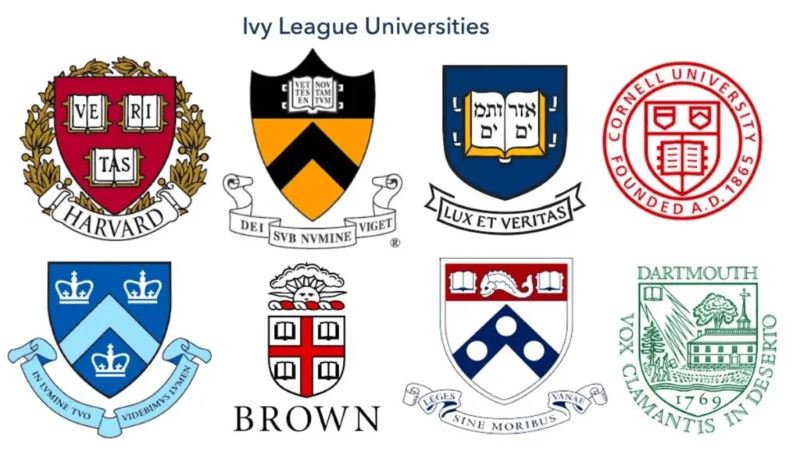
Introduction
When you hear the term “Ivy League,” what comes to mind? Perhaps ivy-covered buildings, brilliant minds, and secret societies. In this article, we’ll explore the fascinating world of the Ivy League—a group of eight prestigious universities in the Northeastern United States.
1. What Is the Ivy League?
The Ivy Leagues isn’t just an athletic conference; it’s a symbol of academic excellence, exclusivity, and tradition. These eight private research universities participate in the National Collegiate Athletic Association (NCAA) Division I and are globally renowned for their rigorous academics and selective admissions. Let’s meet the Ivy Leagues members:
- Brown University
- Columbia University
- Cornell University
- Dartmouth College
- Harvard University
- University of Pennsylvania (Penn)
- Princeton University
- Yale University
2. Academic Excellence
All eight Ivy Leagues schools consistently rank among the top universities worldwide. According to the 2024 U.S. News & World Report National Universities ranking, they all secure spots within the top 18. Harvard, Columbia, Yale, Penn, and Princeton also shine in the 2022–2023 U.S. News & World Report Best Global University Ranking2.
3. History and Tradition
The Ivy League’s roots stretch back to colonial times. Seven of these institutions—excluding Cornell—were founded during that period, making them seven of the nine colonial colleges. These universities have shaped American education for centuries, emphasizing critical thinking, research, and intellectual curiosity.
4. Selectivity and Admissions
Getting into an Ivy Leagues school is like winning the academic lottery. Each university seeks well-rounded students with outstanding records, leadership qualities, and extracurricular achievements. The acceptance rates? Infamously low—often below 10%.
5. Social Prestige
The Ivy Leagues isn’t just about academics; it’s a lifestyle. Graduates enjoy lifelong networks, influential alumni connections, and doors that swing open in various fields. The term “Ivy Leagues” extends beyond education—it symbolizes success, privilege, and exclusivity.
Conclusion
Whether you dream of strolling through Harvard Yard or attending a Yale lecture, the Ivy Leagues remains a beacon of excellence. These universities continue to shape the future of education, inspiring generations of scholars.
FAQs
- What is the Ivy Leagues athletic conference? They were officially formed in 1954 as both an athletic conference and a group of elite universities.
- Are there any public Ivy League schools? No, all Ivy League members are private institutions.
- What’s the significance of ivy-covered buildings? Ivy symbolizes tradition, prestige, and the passage of time.
- Do Ivy Leagues schools offer financial aid? Yes, they provide need-based financial aid to admitted students.
- Is it true that secret societies exist at Ivy Leagues universities? Absolutely! Secret societies like Skull and Bones (at Yale) have long intrigued students and the public alike.
1: U.S. News & World Report: Ivy League Schools 2: U.S. News & World Report: Best Global Universities


